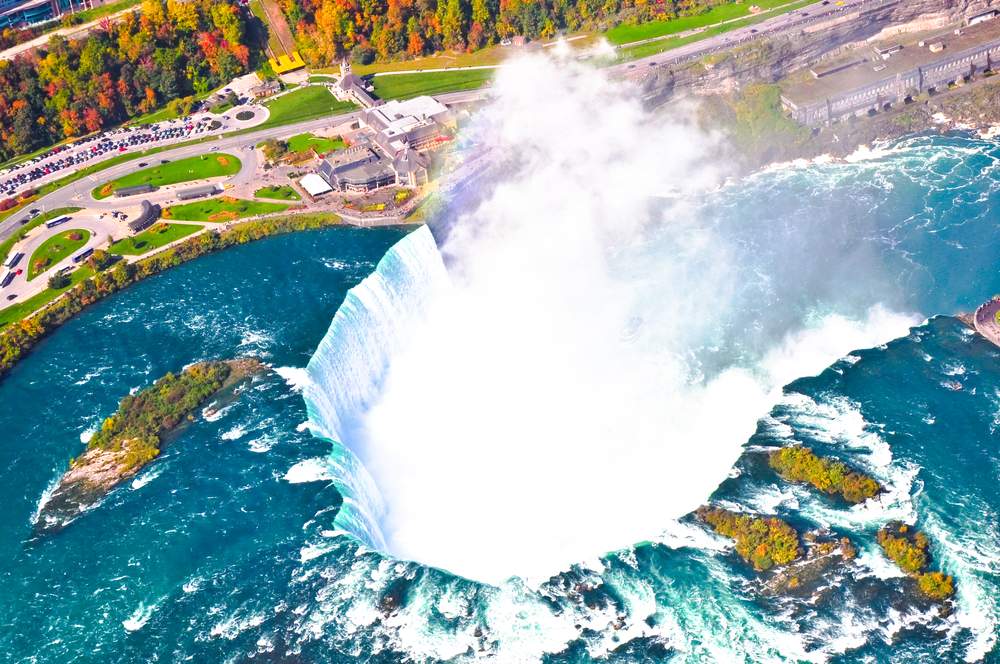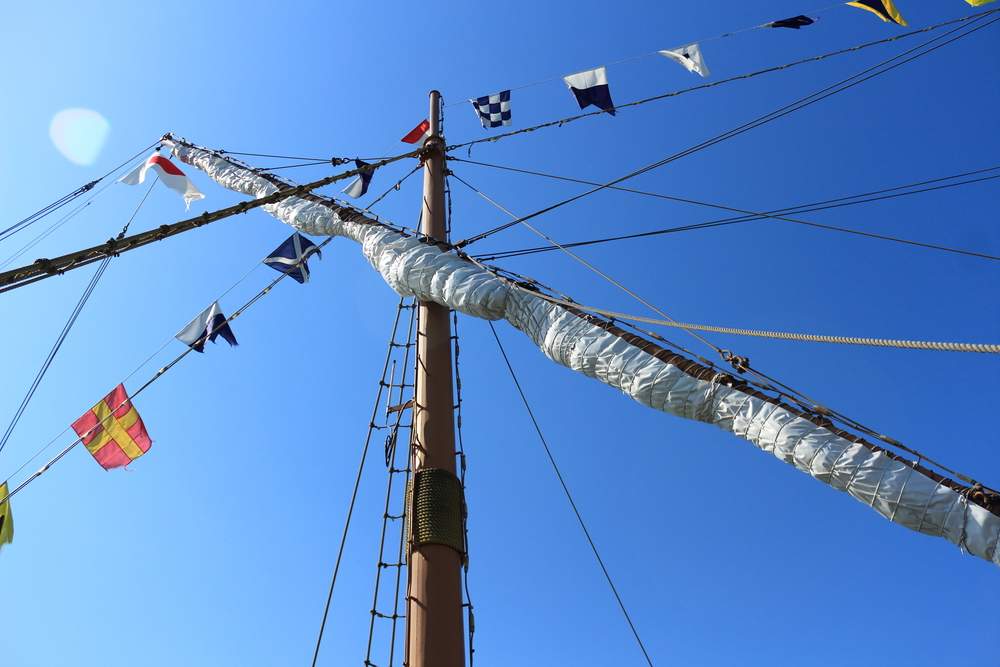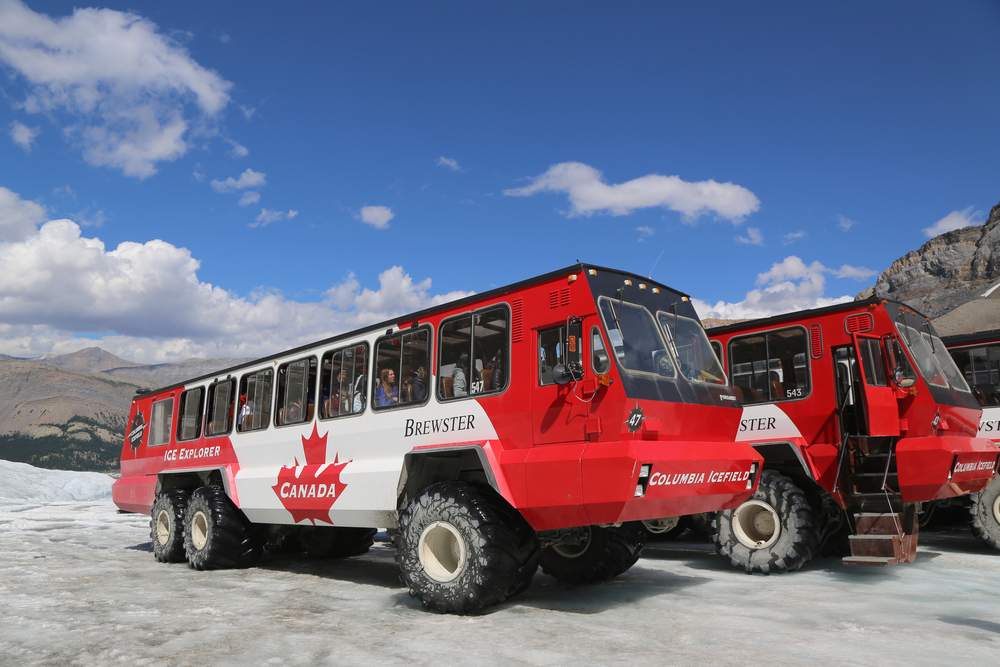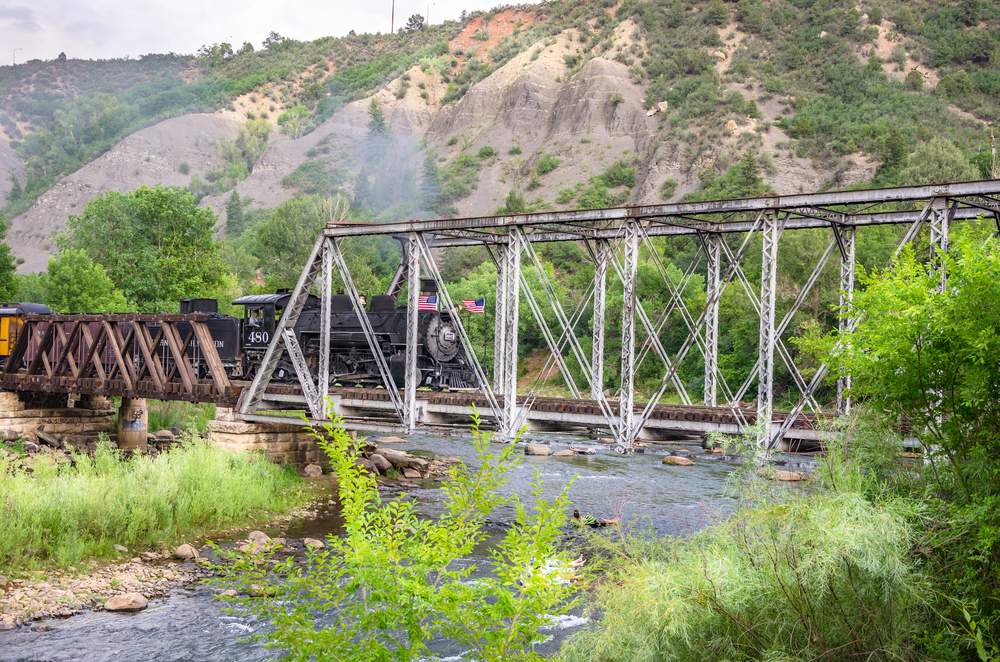Next to ‘learning how to make fire,’ Man’s greatest innovation had to be the wheel. Because once he invented the wheel, he figured out how to group four of them together with a wooden box on top, and voilá, he had a cart. He tethered a horse to the front of that cart and before you knew it, he had created the wagon.
Not long after that, wings were added to that motorized wagon and the aviation industry – Man’s homage to the birds – was born. Overnight, it seemed, with the advent of all this technological metamorphosis, Man became completely mobile. And there you have it, in a nutshell.
Now, fast forward. Suddenly, we’ve rocketed into the new millennium and my son Nicolas, a high-school junior, is stuck in his classroom, along with his fellow scholars, fretting over an essay on ‘how transportation has influenced our modern world’. Rifling through the pages of his social-studies book, totally bored, he deliberates over the black-and-white photographs of ‘old-time’ steamers plying the rivers…of lumberjacks from the Pacific Northwest sending hewn tree trunks–the fruits of their labor–downstream by barge…of the Wright brothers trying to reach the clouds with their newfangled flying machine. He is not inspired by the dull, unimaginative text.
“Hmm”, he thinks to himself, conjuring up images from his short, yet prolific, traveling past. A hodge-podge of thoughts begins to ricochet through his brain cells, haphazardly…random as misfired 4th of July bottle-rockets. “I do remember standing at Laclede’s Landing, near the riverfront in St. Louis, watching a modern-day paddle-wheeler filled with squealing tourists – the Becky Thatcher– cruising the mighty Mississippi. Alongside barges, stuffed with grain, being ferried past the Eads Bridge by powerful towboats, bobbing like logs all in a row.”
He thumbs through his dictionary to the ‘T’s’. ‘Ways of moving people or goods,’ he reads to himself,according to Mr. Webster. He decides, “That shouldn’t be too hard. I can think of all kinds of interesting ways to move around.
A memory flash: back to a leisurely Sunday drive through Lancaster County, in Hershey Pennsylvania. He recalls an Amish family clip-clopping down the highway, right next to our state-of-the-art SUV, in their horse and buggy. They have their way and we have ours.” He can still hear the clatter of that gelding’s hooves on the pavement.
He scribbles his name and the title at the top of his page. ‘Transportation 101…Getting from Point A to Point B, the Adventurous Way’. Written from personal experience. With that, Nicolas buckles down and begins to write.
Air Transport

Helicopter
As our ‘copter cants to the right, I am slammed up against the curved glass; in this tilted position, all three of the thundering cascades are visible – Bridal Veil, American Falls, and Horseshoe. So, too. are the dozen or so visitors looking like ‘yellow duckies’ in saffron-colored rain suits and special ‘webbed’ sandals on the Cave of the Winds tour below. Valiantly, they huddle on the hurricane deck, braving the brunt of the plash from Bridal Veil Falls. The helicopter tilts once more and the three of us – my papá Gustavo, mamá Vickie and I – are transported back to the helipad.
Bi-plane
Ponderosa pine trees and Utah junipers flourish along the rim, while desert scrub, such as cactus and sagebrush, proliferate along the shores of the river. Turbulence causes our passenger plane to abruptly jump upwards on a current of rough air, before leveling out and continuing through the Zuni Corridor. With the onset of sunset, a ray of fading orange plays across the multi-colored strata of rock. It casts an eerie shadow as the beam licks at the cliffrose shrubs along the South rim, then travels one mile deep down towards the rollicking rapids, before dissipating into nothing more than a flicker of shimmering light.
On diaphanous wings, the bi-plane seems to flutter through the central zone of Arizona’s most-famous nature-inspired attraction. We strain our necks to see far into the distance, through the gigantic windows, to the Painted Desert in the east and the last remnants of the Navajo reservation.
Tramway:

Ski Lift
All three of us squeeze into the dual seats of the open ski lift and up the mountain we go, into the Andean Cordillera. The machinery slows as we enter the ‘dismount’ point and we leap from the tram. It rounds the overhead turnstile and continues back down the glacier, without us.
We scramble onto the chair lift once more, and wind our way down to the harbor. The wind chaps our faces as we seemingly ‘float’ past forests of evergreen beech trees, here in the Argentinean Tierra del Fuego, ‘Land of Fire’.
To get there: Take a cab from the harbor to the ski lift at Martial Glacier – only a few pesos for the chair lift.
Ocean

Sailing Ship
Carefully, the boatswain unties the gargantuan cloaks of canvas and begins working the motor winch; we tourist ‘helpers’ begin to tug at the ropes, my grandpa included. I can see he’s almost as excited as all of us little kids to see those billowing sails unfurl.
Fully rigged out, the ship charters a course for White Cay, where my ‘Junior Jammer’ friends and I will be combing the rocky ledges for crustaceans. ‘Crab races’ this evening, for prizes. Before we climb into the small dinghy that will ferry us back to the Legacy, anchored away offshore, I proudly display my pail of verdigris-shelled sand crabs to grandpa and papá.
River or Lake:

Felucca
As we drift closer to the shoreline, I can see clusters of dates hanging from palms and mimosa trees in abundance. A little girl stands near the bank, trying to bathe her bleating baby goat. I wave to her as we mosey on by. Life seems so simplistic and peaceful here, away from the horrific traffic in the capital – Cairo. Not even a muezzin calling for the daily prayers.
Rubber Raft
I’m finally twelve now, and old enough to go on my first paddling trip with my folks and my 77-year old grandpa. As we pile into the bus, helmets, lifejackets, and oars askew, he warns, “Remember what I told you, Nicolas. Hell Hole might only be a Class IV rapid, but the bus ride is a Class X.” After twenty minutes of hairpin turns on a narrow paved road to the river, I am in agreement.
Bamboo Raft
Mamá and papá are sitting on an elevated chair of sorts, at the back of the boat, shouting words of encouragement. Still, I’m only seven years old at this time, and I’m trying my best just to center my balance on thirteen wobbly bamboo logs strapped together. I have nothing to hold onto except this extremely long pole that I’m supposed to use as a paddle.
I dig down deep, hard as I can, and plunge the stake into the muddy sludge and gravel on the bottom of the river. Alas, I’m not muscular enough to pull it back out. Our Jamaican guide rescues the pole, and me (I’m still hanging on), and I careen from side to side trying to get back to the seat by my parents.
Sea Kayak
There’s an art to paddling, and my mamá has mastered it. After years of canoeing and whitewater rafting all over the United States, since she was a young girl, for the most part, she can make that kayak dance to any tune she wants. So, while all the other folks on our trip are hollering at each other, running aground in the sand, and getting tangled up in clumps of sea grass, we are stroking in unison. “Forward,” she brays, not so quietly. “Again.” She follows it with, “Back paddle, back paddle, one more time. We’re going to run into the dock.” But we don’t.
We continue rowing like a pair of expert oarsmen, slicing through the chilly currents of the Caribbean, enjoying the view around us: yellow and white grunts, fluttering fan corals, blue tangas (Dory fish from “Nemo”)…even a barracuda farther from the shore. That fish really needs a dentist. He has a terrible under-bite and you can see all his razor-sharp, jagged teeth.
Bus

Glacier Bus
Chicken Bus
Another dozen or so trabajadores (workers) cleave to the roof. They climb down, feet and hands rattling the windows, to determine the course of action: sure enough, we have a flat tire. After a quick inspection by our driver, he and several of the field-hands jack up the bus and replace the wheel.
In spite of the rain just beginning to fall, in spite of the steep hill just ahead, in spite of the dusty road changing to muck, the chicken bus edges forward. Towards Nicaragua’s cool highlands and agrarian communities of Miraflor. Even the ‘live’ chicken in a burlap sack next to me goes right on rubbernecking and looking around, as if nothing has happened.
Railroad

Train
I remember the saloons of Durango and am anxious to see the colorful stucco buildings of Silverton. Not sure what I enjoy more…the sound of the train whistle as we take a dangerous curve or the remnants of soot from the coal fires that float through the air and land on my face.
Off Road Vehicles

Dune Buggy
The sandy road, flanked on both sides by swaying saw palmettos and yucca cactus plants, widens as we approach the faro (lighthouse). A beacon at the tip of a small peninsula jutting out over the Gulf. We climb the hundred spiraling stairs to the overlook of the lighthouse for a terrific view of emerald waters, and bleached-white sand dappled with sea grape shrubs. Back at ground level, I direct everyone’s attention to a lone iguana munching on tuna (cactus fruit) from a prickly pear tree.
Snowmobile
Nicolas puts his pencil down. Finished with his paper. “Well, that might not be exactly the kind of essay on transportation that the teacher was looking for,” Nicolas decides, “But that’s how transportation has influenced my world. Those are my own experiences. And that’s my favorite kind of classroom assignment. Learning from the real world. Those lessons you never forget.”
Read more about transportation and travel: